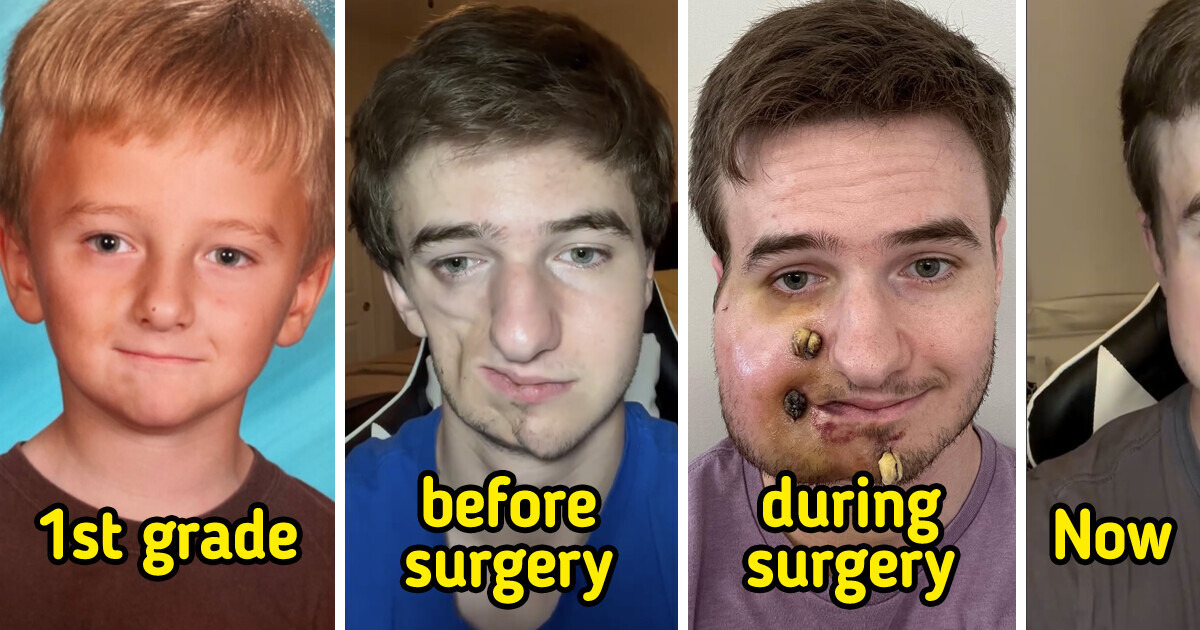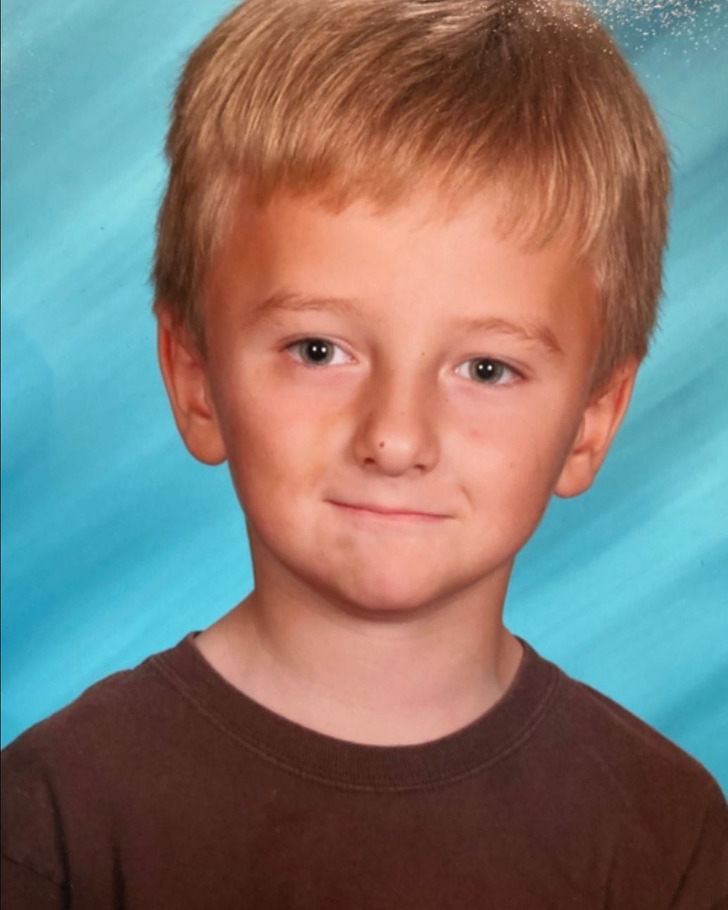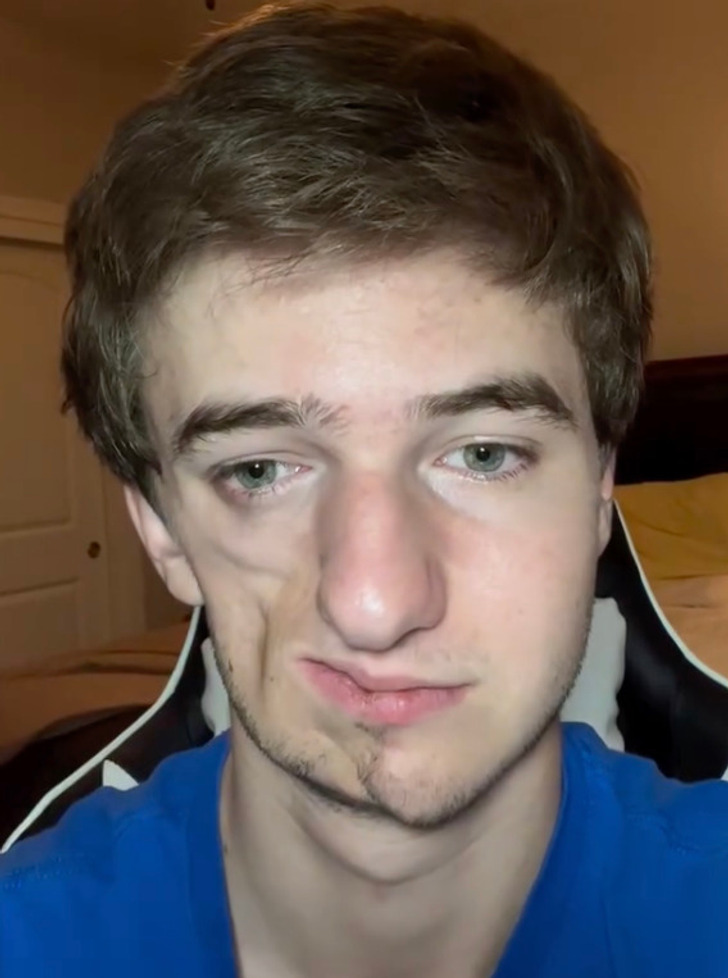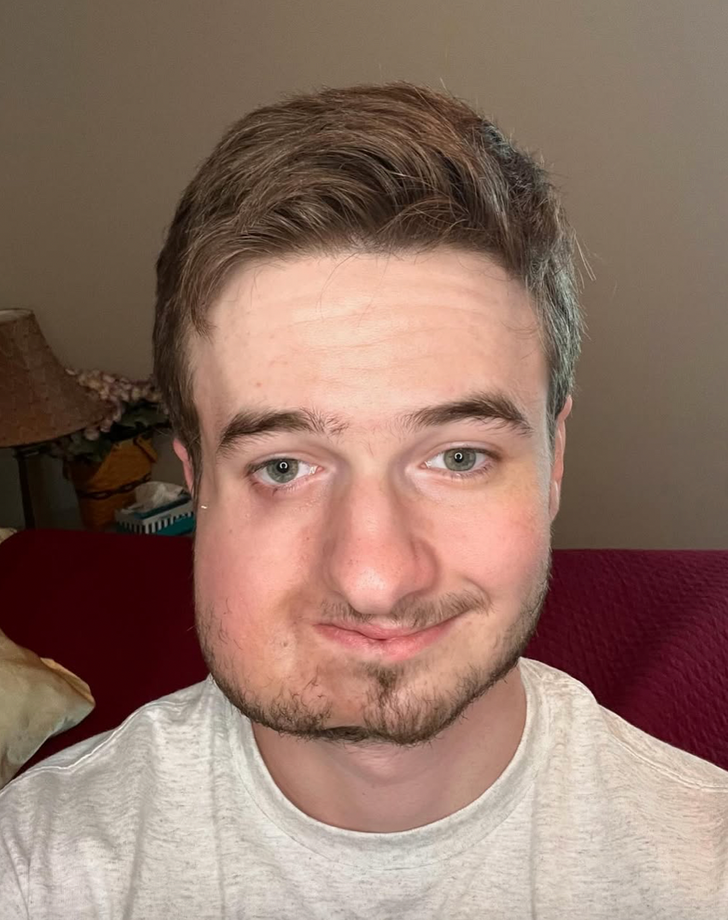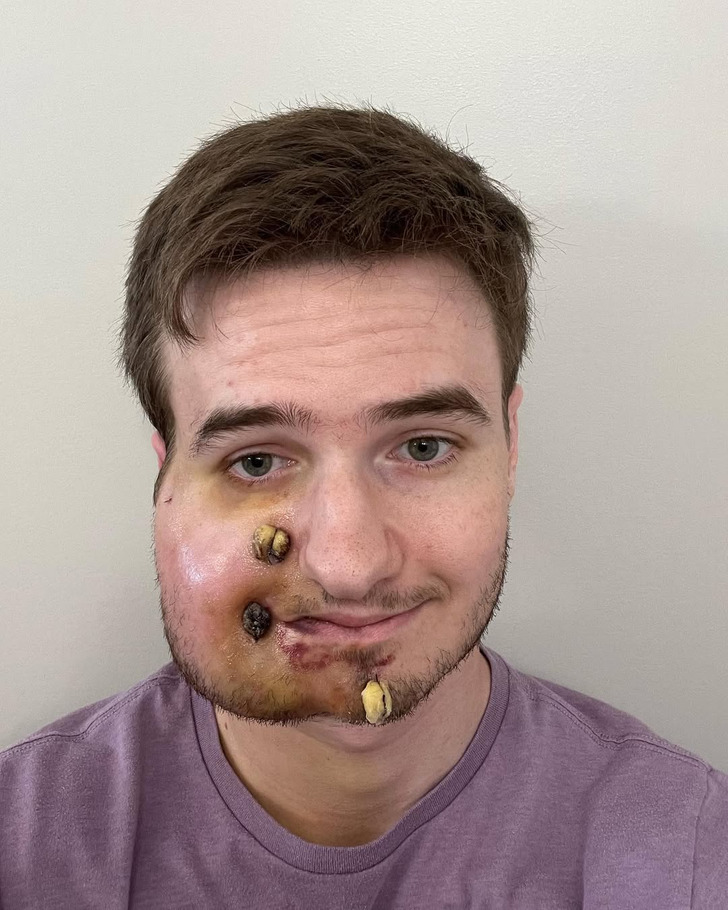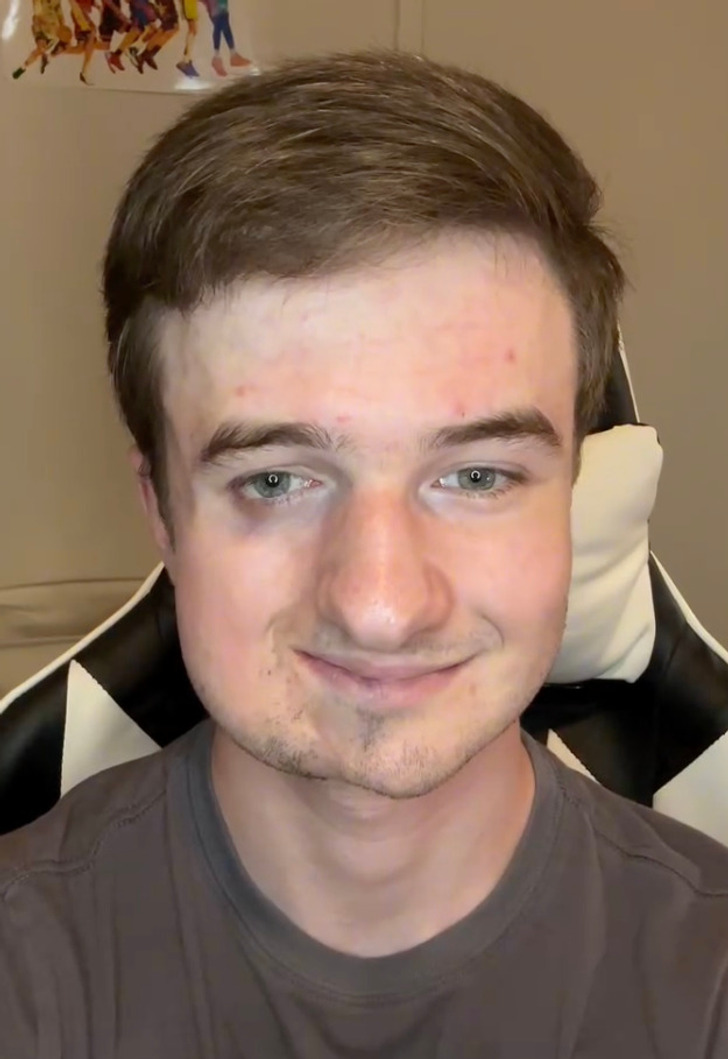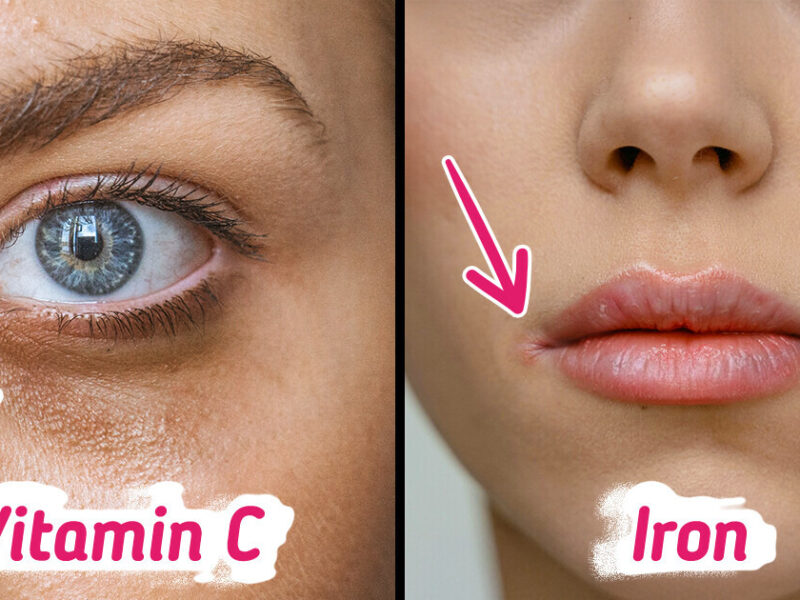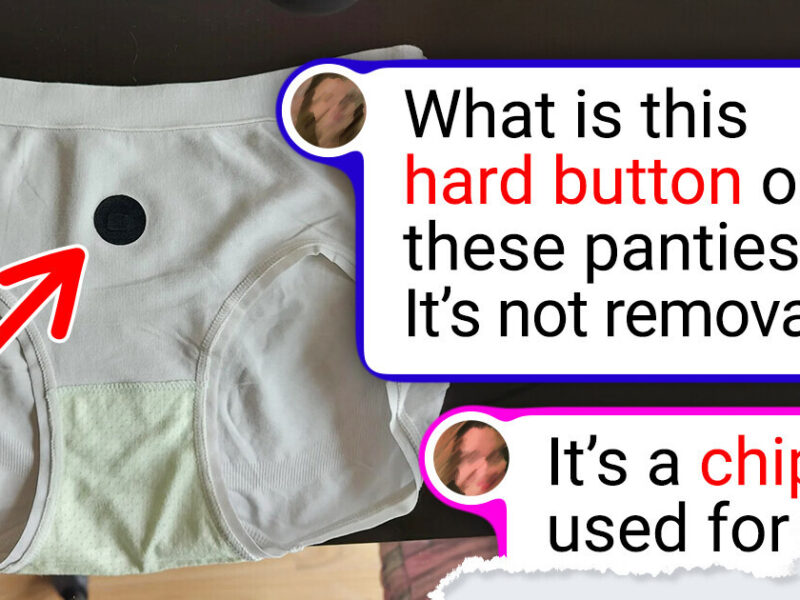Meet Lukas: the Real Story of Parry-Romberg Syndrome and How He Looks Today / Bright Side
To learn about the symptoms of Parry-Romberg syndrome, how rare it is, whether it can be treated, or how social media can help raise awareness for rare diseases, we’ve got you covered. Lukas Caldwell, a 20-year-old with this rare condition, has faced these questions head-on. Through his journey, he sheds light on what it’s like to live with Parry-Romberg syndrome, the treatments available, and how his social media presence is making a difference in raising awareness and supporting others.
Lukas was diagnosed with Parry-Romberg syndrome at the age of 7.
Lukas Caldwell, a 20-year-old college student from Nebraska, has become a beacon of hope and awareness for those affected by rare neurological diseases, particularly Parry-Romberg syndrome (PRS). With 3 million followers on TikTok and 102K followers on Instagram, Lukas has turned his social media presence into a platform for advocacy, using it to share his personal journey and raise awareness about the challenges that come with living with a rare disorder.
It all started when his mother noticed some unusual discoloration on the right side of his face. After several doctor visits and a biopsy, Lukas received the life-changing diagnosis: a rare neurological disorder that causes the skin and soft tissues on one side of the face to slowly deteriorate. The National Institutes of Health describes PRS as a condition that primarily affects the face, causing muscle, fat, and tissue to shrink, often leading to visible facial asymmetry. In Lukas’ case, the condition affected the right side of his face, causing his facial features to change gradually over the years.
The disease typically begins in childhood and progresses over a period of years.
PRS is a rare condition, estimated to affect only one in 250,000 people, though exact statistics are difficult to pinpoint due to misdiagnoses or the rarity of the condition itself. Most cases affect only one side of the face, but in rare instances, both sides may be affected.
The causes of Parry-Romberg syndrome are not fully understood. Some doctors believe it may result from an autoimmune response, while others think it may be related to genetics, though Lukas’ case is unique in that his twin brother, Ben, does not have the condition. This suggests that genetics may not be the strongest factor, and other environmental or biological triggers could play a role.
From a young age, Lukas had to navigate the challenges that came with living with PRS. As his condition progressed, he began to notice the physical changes, especially the way his face looked compared to others. “The gradual change over time is just something that’s hard to get used to,” Lukas told.
Lukas’ experience with PRS was not just a physical challenge but also an emotional one.
Growing up, he was treated differently by his peers and even some adults, who didn’t understand the cause of his facial changes. He was often the subject of teasing, with classmates calling him “half face” due to the noticeable asymmetry in his facial features. He recalled an incident at a Walmart when he was nine years old, where a cashier laughed at his appearance and asked, “What happened?” This moment stuck with him, as he didn’t know how to respond and felt self-conscious in front of a stranger.
While the early years of his life were marked by medical treatments, surgeries, and emotional struggles, Lukas found comfort and strength in the support of his family, particularly his twin brother Ben. Ben was unaffected by PRS and, while Lukas’ condition made him feel different, having his twin by his side provided a sense of normalcy and support. Ben served as a reminder of what Lukas could have looked like had he not been affected by PRS, and this gave him both comfort and motivation to keep pushing forward.
Lukas turned to social media during high school to document his experience with the rare neurological disorder.
His viral video using a symmetry filter on his face sparked his decision to share his journey daily on TikTok and Instagram, where he discussed his struggles and treatments, such as jaw surgery and fat transfer procedures, to restore facial symmetry. This platform became a space for Lukas to not only educate others about PRS but also raise awareness of other rare diseases.
As Lukas’ online following grew, so did his ability to connect with people facing similar struggles. Many followers reached out to share their own stories, forming a supportive community around rare conditions. Lukas encouraged self-acceptance, teaching others not to be ashamed of their differences. He emphasized the importance of embracing uniqueness and how these conversations can help both physical and emotional healing.
Lukas has openly shared his ongoing medical journey, including surgeries to address PRS.
He has documented everything from doctor consultations to recovery processes, using his experience to normalize discussions about medical procedures and promote self-care. He hopes his transparency will inspire others to take care of their health, regardless of the condition they may face.
Through his social media advocacy, Lukas is not only raising awareness for PRS, but also fostering empathy and understanding about rare diseases. His message encourages kindness, urging others not to judge based on appearance but to recognize that everyone faces challenges. Lukas continues to inspire millions by showing how social media can be a tool for change, fostering community, and supporting those affected by rare conditions.
